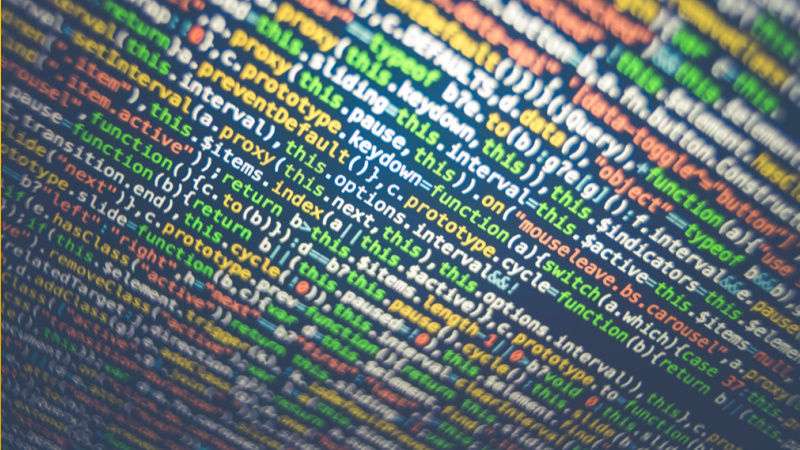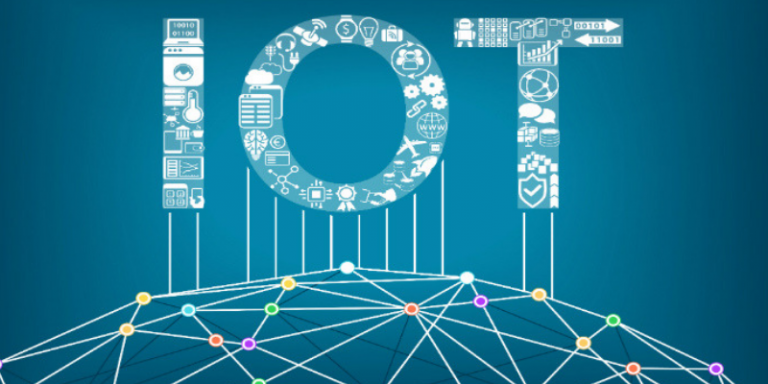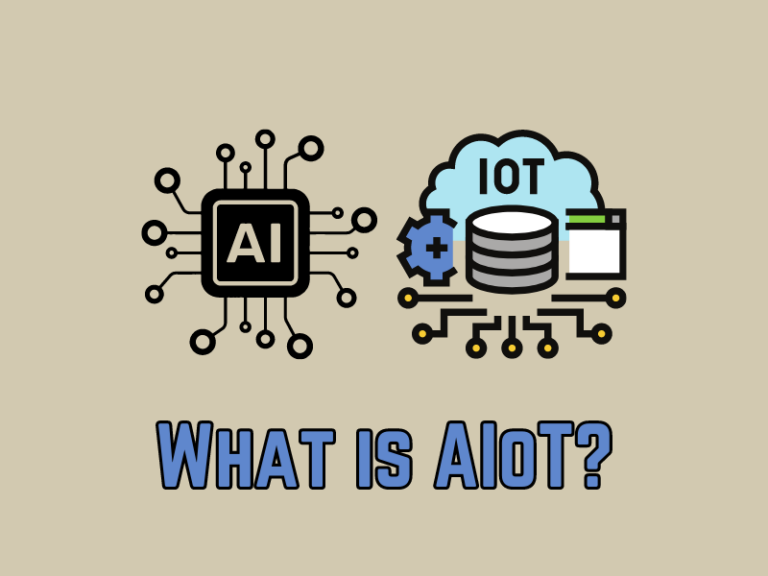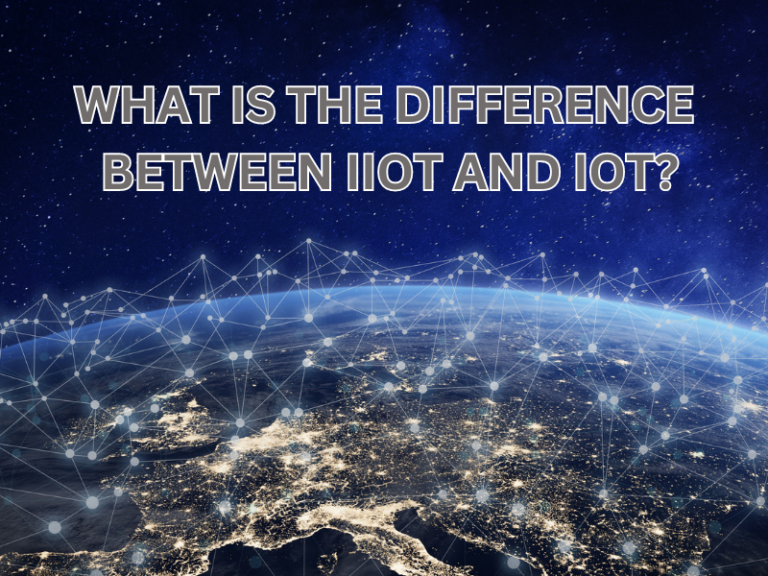IoT Challenges
IoT, or the Internet of Things, describes a network of physical objects— or “things”— equipped with software, sensors, and other technologies to connect and exchange data with other systems and devices over the internet. The devices range from usual household objects such as personal assistants and kitchen appliances to sophisticated industrial equipment. IoT is where the digital world meets the physical world. So let’s talk about IoT challenges.

Challenges of Internet of Things
While IoT is projected to grow and involve more devices in the future, it still faces some serious challenges. Challenges of Internet of Things below:
-
Slow and Sometimes Imprecise Regulations
The slow pace of governments in coming up with regulation frameworks is a bottleneck for the rapid evolution in IoT. Many businesses are sometimes left without important details they need to arrive at decisions.
-
Bandwidth Issues
Connectivity is one of the biggest challenges to IoT. The IoT market is one of the fastest-growing, but some experts worry that bandwidth-intensive applications, like those used video streaming, may soon not get enough space on the current server-client models used in IoT.
-
Customer Expectations
It is often said you should promise less and deliver more. As some IoT startups sink into oblivion and optimist wane, parts of the clientele are starting to think the IoT dream is farfetched. When product reality and customer expectations don’t match, it can mean a bleak future for any technology.
- Home Invasions
The fact that IoT is becoming more widespread means more homes are more vulnerable to invasion.

Cybersecurity Challenges
Most of these challenges have something to do with safety. Cybersecurity Challenges below:
-
Encrypted passwords, because even if though you may change them frequently, they may not be strong enough to prevent infiltration
-
Providing patches and upgrades, however costly they can be to the provider, they are a must-do for better security
-
The availability of the essential security features like advanced encryption, because there are resource constraints
-
Agreeing on one framework of protection instead of specific standards would help make security less hard to keep and interoperability to be a little bit more reliable
-
Promoting that users or customers apply their own precaution methods, to prevent breaches in security
-
Legacy assets connectivity – devices that were never designed for IoT but are still in use today

Challenges of an IoT architecture
Here are some of the bottlenecks facing the challenges of an IoT architecture:
-
Compatibility problems
New waves in novel technologies encourage competition among brands as they try to outdo each other with innovations. These innovations, however, create incompatibility problems. For example, not long ago, Bluetooth was the only unifying connection factor between devices from different brands. Today, with IoT, rivaling protocols like Zigbee and Z-wave are creating a rift. There are still many problems regarding the number of languages, standards, and protocols, and also lack a single agreement on which works best for IoT layers.
-
Mobility
This is one of the top challenges in IoT architecture. Many IoT devices need to move from place to place, sometimes too often. While at it, they change networks and their IP addresses to reflect their locations

Design challenges in IoT
Here are some of the design challenges in IoT developers and manufacturers:
-
Flexibility and Compatibility Issues
IoT pattern keeps changing continuously, meaning hardware manufacturers and software developers are compelled to make sure that their products can support future expansions and technologies. Also, they are increasingly seeing the need to balance between hardware and software when designing their products.
-
Data Collection, Processing, And Storage Challenges
Besides data privacy and security, industry players are increasingly finding it challenging to properly process a whole lot of collected data. IoT involves the collection of huge troves of data that handled and processed in the right way.
-
Battery life is still a limitation
A close look at the evolution of the smartphone, for example, reveals that the screen size has changed considerably to usher in the ‘phablet.’ However, the storage capacity of the battery hasn’t changed as remarkably since 2007 – most devices still require frequent charging with increasing intensity of operations. This is one of the design drawbacks that drag IoT behind.
It is also worth mentioning that some embedded systems that make IoTs generate a lot of heat when left to stay active for extended periods. This can be problematic in homes and business places.
There are numerous challenges in the larger field of IoT. What we have listed here are major challenges. Things like physical security and cloud storage trends are somewhat beyond the scope of this post.





